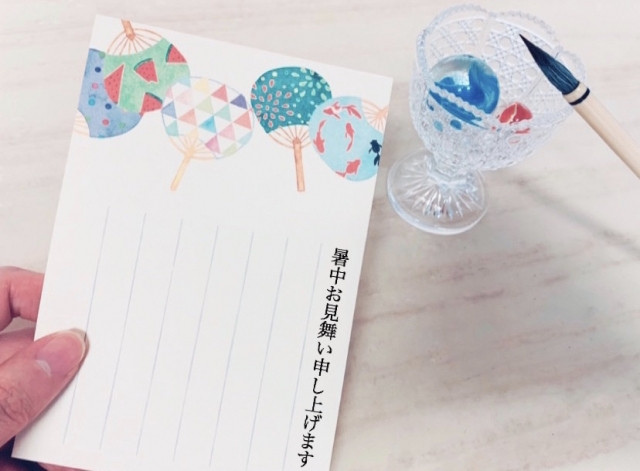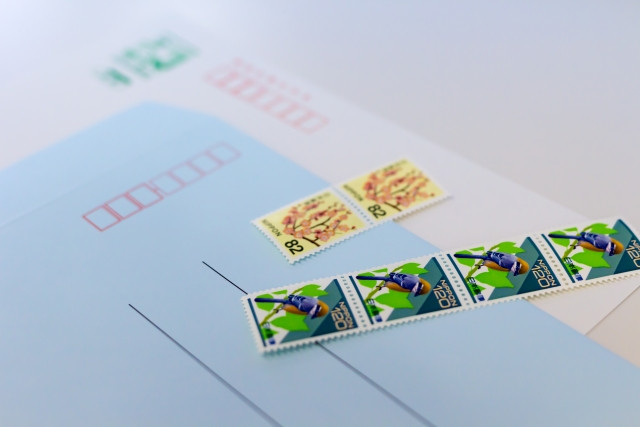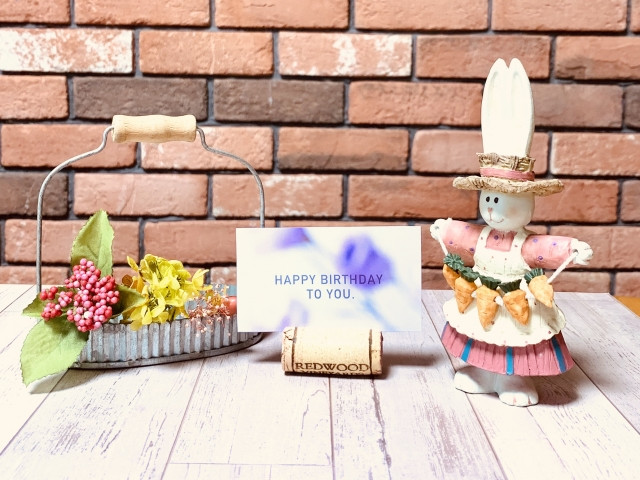Sending greeting cards to friends and family far from home has been a long-held Japanese tradition. Greeting cards can express things like appreciation or concern and has been important as part of the Japanese culture as well as a method of connecting with others.
Even though things have become easier to instantly communicate with loved ones less of a hassle, nothing still beats the excitement of getting a handwritten letter, much more a personalized greeting card in Japan during special occasions.
Nengajo: New Year Traditions
Japan’s Nengajo is the counterpart of a Christmas card in Western countries. Sending out cards to friends and relatives in New Year has been an unceasing tradition in the country. One writes not only to greet the other a happy new year but also to wish for continued favor with the other party. It is not a must, but since it shows one’s courtesy towards one’s acquaintances, this custom is still very much alive up to this day. But how is it going to be for someone with a lot of friends? Good thing that Japan has its Nengajo postcards, which is also an ideal alternative for expensive greeting cards.
Nengajo is a simple card with Japan’s domestic postage. You can buy these cards from any post office for about 65 to 110 yen, depending on the type of paper used and the design. You can find the perfect stamp of your choice and put both your and the recipient’s names and address in front of the card to send one. Meanwhile, your personal design and message can go on the back. Yes, Nengajo is a simple and plain card, but it does not have to remain that way as you have the freedom to incorporate your own design. And knowing that you have put so much effort in doing so, it might even give an additional joy to the one receiving it.
Just make sure to drop them off in the mailbox before December 25 to ensure that they get to the doorsteps of your friends’ house on New Years’ Day itself. Because there are billions of Nengajo that are delivered every year, the earlier that you drop yours at the post office, the more guaranteed that they are to be sent to their addresses.

Here are some of the most basic greeting phrases that you might find helpful.
-
To greet a happy new year, you may write, “明けましておめでとうございます。”Akemashite omedetou gozaimasu.”
-
You can also say, “ 旧年中はお世話になりました。”Kyunenchu wa osewani narimashita,” to let them know that you are grateful for what they did for you in the previous year.
-
To look forward to a continued good relationship in the coming year, you may add these words 今年もよろしくお願いします。"kotoshi mo yoroshiku onegaishimasu" which translates to "I hope for your favor again in the coming year."
-
To end and wish their family good health and happiness, you can write, “Gokenshou to gotakou wo oinori moushiagemasu.”
If you find yourself receiving a nengajo these phrases from someone you did not intend to write to, make sure to reply before January 7, or else you will be considered ill-mannered.
Although a Nengajo is more straightforward than a regular card, it does its job – to let someone know that you remembered them and that you will continue to remember them in the incoming year, which is the very essence of this tradition.
Writer's Pick
Different kinds of Japanese greeting cards for different occasions
Although it is not as overvalued as the Nengajo, many Japanese people also practice sending greeting cards on occasions like birthdays and summer.
Using the social media sites available today, you can easily wish a family member or a friend a happy birthday. However, if you want to make it more special than just simply typing that greeting on your phone, one way is to write them a letter. Japanese birthday greeting cards are usually adorned with typical designs like cakes, balloons, flowers, and sometimes landscapes.

Summer greeting cards, on the other hand, are also known as Shochū Mimai which means, “Greetings during summer’s heat”. They can be used to express your thoughtful feelings not just at the beginning of the year, but in the middle as well. This custom happens every late July until early August yearly. Since it is summer, you make your concern known that they might be having a hard time enduring the heat, or simply wishing them well throughout the season. Cards for this period are generally designed accordingly to summer like beaches, wind chimes, and festivals.
There is no need for a huge reason to send out greeting cards. You may even do so without any occasion as these cards are always obtainable at the post offices and bookstores. They vary every season and come in different designs like Japan’s famous scenery, cherry blossoms and other flowers, autumn foliage, holidays like Golden Week, and cartoon and anime characters.
Designing and Posting your Japanese greeting cards
Classic and motif-painted card are the two types of cards. A classic card is the typical one that you can see with the design fully covering one side. Your message can be written on the other side. A motif-painted card is only for a short note as it goes next to the design on one side of the card. Though the card comes in its own style, its recipient will surely appreciate an extra decoration, much more if it is personalized by the one who wrote it!

There is also a wide selection of stamps that can go with your greeting cards. You can either choose from regional, seasonal stamps, and the collectors’ limited editions. Several artists come up with limited edition awesome designs, and since there are not a large number produced, they are somewhat costly compared to regular stamps. Regional is the most common kind of stamps usually features the country’s popular landscapes. Seasonal, coming from its name, differs every certain time of the year. Designs may include cherry blossoms and fireworks.
Your cards are ready to go once you have these two things in place – the recipient’s address and the stamp. You can choose to put them in the mailbox or go directly to the post office to send them. Keep in mind that you have the option of sending your cards via air or boat, and it is always better to pick the former. Cards sent through boats take months to be delivered, whereas by air only takes days. Thus, never forget to write “Air Mail” on the card’s envelope.
Summary

A greeting card is only one of the means to remind someone that you value and remember them. No matter what the occasion is, it is always nice to receive one from time to time and indulge oneself in the considerate thoughts of either a family or a friend. As these traditions in Japan continue, we hope that you find yourself writing a card for your loved ones one of these days!







.jpg)

.jpg)




.jpg)
















